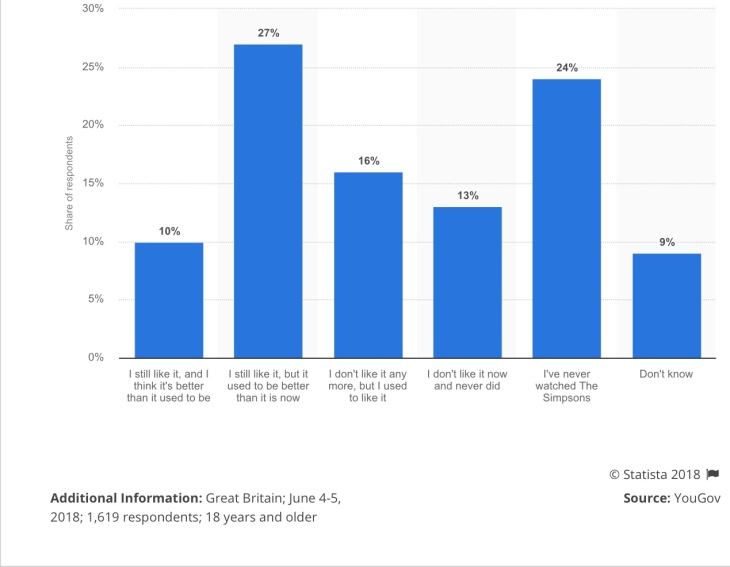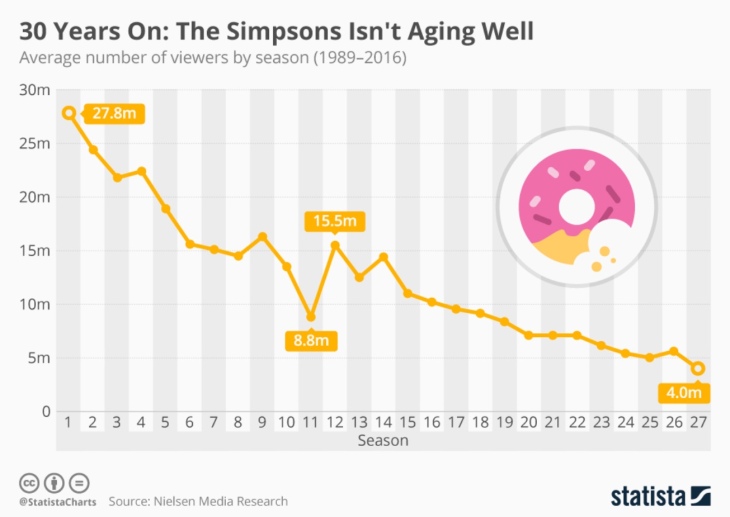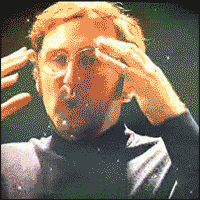Dancer, artist, director, and editor, she could do it all. On August 22nd in 1902, Leni Riefenstahl was born in Berlin. Her carrier started lifting after she studied painting and started as a Dancer. On her very first dance performance, she was so successful that she was hired by Max Reinhardt to perform in the German Theater.
Unfortunately, her dancer carrier finished due to a severe knee injure but therefore a whole new world was opening up for her. She started to act in movies like The Holy Mountain (1926), The Great Leap (1927), White Hell of Pitz Palü (1929), Storm over Mont Blanc (1930), The White Ecstasy (1931). She became world famous for her extraordinary performances, as those movies where the first of its kind. In an interview Leni explains, that Mountain Movies where something completely new back then and that they were recording on actual mountains and not only in a studio.
While she was acting, she learned how to direct and edit movies and soon started her own movie The Blue Light (1932), that she would direct and play the main role in.
The brilliance of this movie is in not only its location but also new techniques that weren’t common in Germany. Although the movie is in black and white, the exposure is extraordinary. Scenes like the Moon Rise, needed to be filmed with special equipment from Hollywood.
Shots like the the closing of the windows was a new approach that wasn’t usual and is one of the many things, that made Leni an extraordinary Director and Editor.
Riefenstahl said in an interview that Hitler was fond of her talent for acting and directing that, before World War 2, he wanted to be filmed by her. So, it happened that in 1935 the movie Triumph of the Will was produced and screened and awarded with several movie prizes. The movie is a documentary named after the Reich Party Congress 1934 in Nuremberg. For the movie she spent up to 20 hours a day for the editing, to achieve a fluent and continuous film. By using different standpoints, like the elevator, the movie shows how massive and impressive the scenery looks like.
Unfortunately, the movie was accused of National Socialist propaganda after the war, which damaged Leni Riefenstahl’s image and carrier. She stated that if she wanted the movie to be propaganda, there would be somebody talking and commenting (i.e. The Eternal Jew). All she wanted to, was the movie to be perfect, which she states was not the case. Yet the movie, was awarded and screened in different countries.
Another success were the Olympia movies Fest der Völker and part 2 Fest der Schönheit. These two movies were masterpieces of their time and I believe they still are. The amount of creativity and preparation is astonishing. For this film Leni trained a film team to her standards, invented new methods to capture different angles, invented new equipment and spend almost 2 years to edit and cut 400.000 metres of film material for the Olympic games film with this little Lytax.
When they offered Leni the opportunity to make the film, Leni states she thought instantly of the old Olympic Games in ancient Greece but not only the stadium, rather the whole culture, temples, sculptures. The transformation from the antique to the modern had wonderful dramatic possibilities. She said that it was easier to present it in purely visual terms rather than a series of actions.
In regards to my own studies, it is interesting how quickly she finds a story to her film. As we’re making our own documentary, I already have a theme, yet the story is something else. I realized that the topic and the story are two different things. Like Leni’s topic was the Olympic Games in Berlin, but her story was the comparison or rather a travel back in time to ancient Greece and make normal athletes to athletic Gods.
Leni Riefenstahl is truly a fascinating woman, who in her 70s lived with the Nuba tribe in Sudan , went diving in the ocean, and became almost a 101 years old.
Reference
Leni Riefenstahl, http://www.leni-riefenstahl.de/deu/bio.html#oben [viewed 15.03. 2018].
Mother of All Spectacles: Ray Müller’s The Wonderful, Horrible Life of Leni Riefenstahl, 1997











